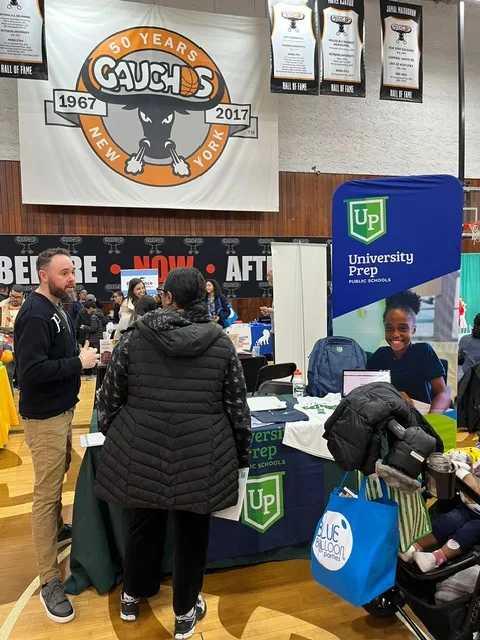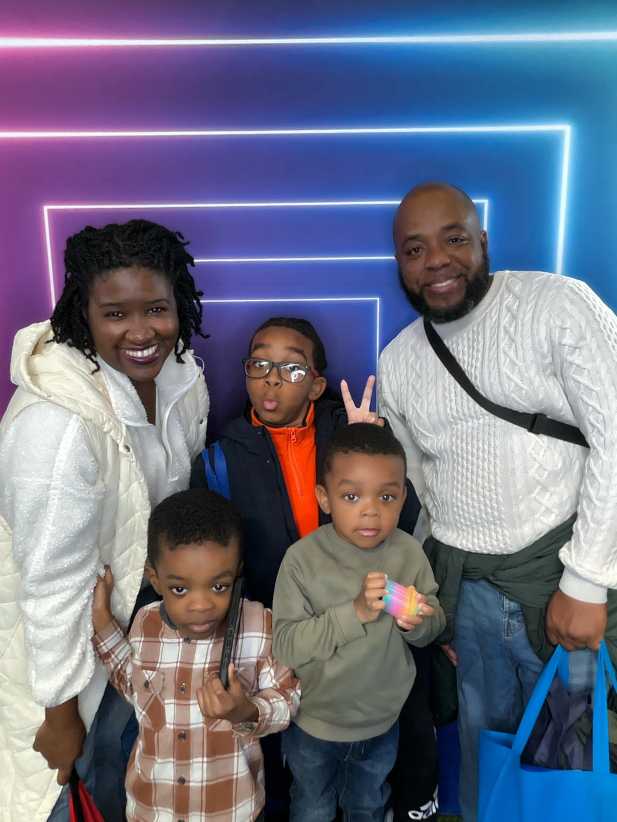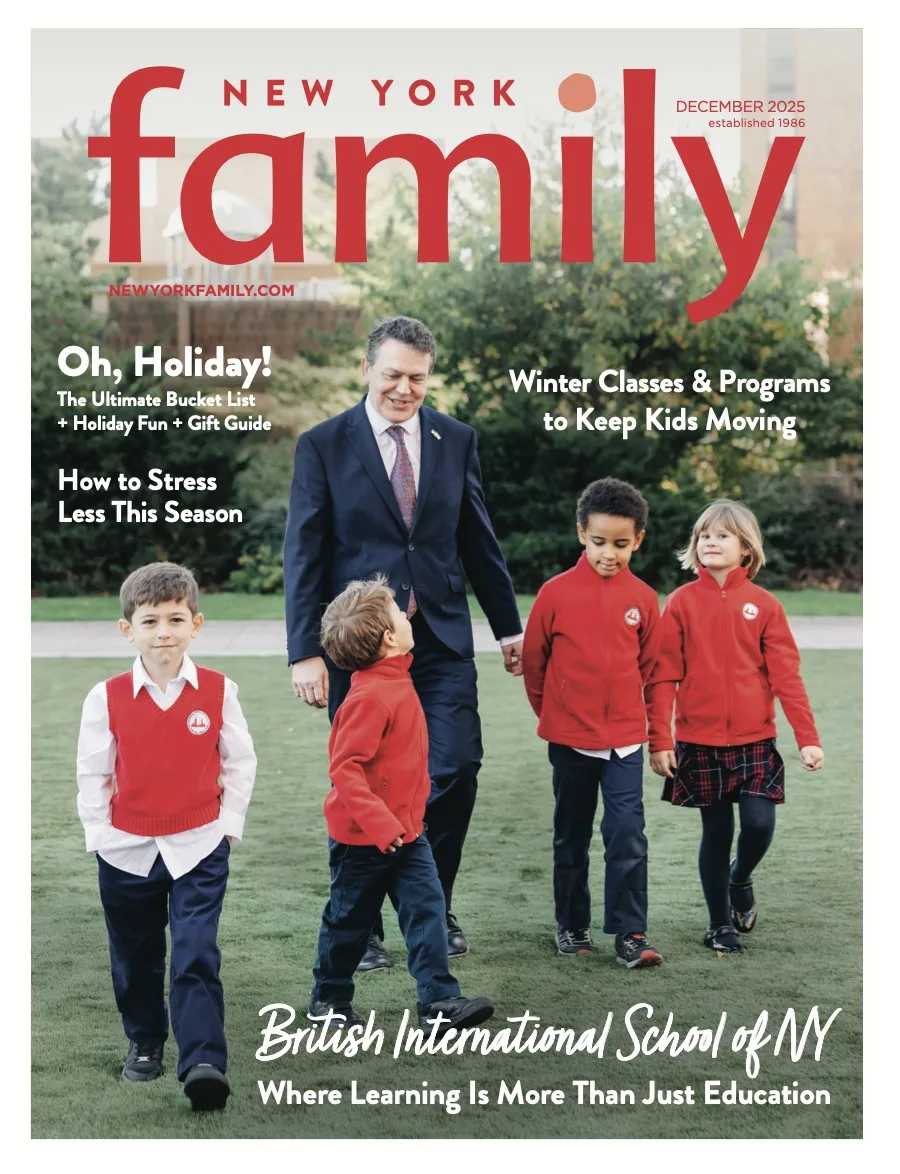 Every parent knows her. She’s that woman who keeps a copy of her child’s schedule in her iPhone and rattles off test dates and tutoring appointments like some kind of CEO’s assistant. When you run into her on the street, she spits a bunch of letters in your face: SAT, SATII, PSAT, ACT, AP, IB—you’re lucky if you can muddle through all the acronyms to understand half of what she’s saying before she’s dashed off to sit in on some college prep lecture or supervise a tutoring appointment. She’s the Manic Manhattan Mom—and she’s driving her kid crazy.
Every parent knows her. She’s that woman who keeps a copy of her child’s schedule in her iPhone and rattles off test dates and tutoring appointments like some kind of CEO’s assistant. When you run into her on the street, she spits a bunch of letters in your face: SAT, SATII, PSAT, ACT, AP, IB—you’re lucky if you can muddle through all the acronyms to understand half of what she’s saying before she’s dashed off to sit in on some college prep lecture or supervise a tutoring appointment. She’s the Manic Manhattan Mom—and she’s driving her kid crazy.
As a rising high school senior, I live in constant fear that my own mother will stumble into conversation with this veritable dragon of the Upper East Side who always seems to be guarding the gates of the institution of your choice. She creates panic and obsession that spread like wildfire. And at my school, our kilts are highly flammable (if you know what I mean).
The MMM is, of course, just a horrifying personification of hype—that four-letter word that is the cause of so many problems during the college admissions process. Hanging in the air around school, sneaking into students’ homes, and collecting in parents’ minds, confusion and panic become the token side effects of all this hype. In any case, this is what every parent should avoid, especially when his or her kid is entering high school. The minute that well-meaning but misguided triple-M opens her mouth, just put the imaginary headphones on, blast some soothing Beethoven, and be on your way. Soon enough, you’ll find out that, despite its bad rap, college admissions is really not so bad. Everyone just needs to chill out.
So here’s some wisdom that I wish I’d had (and wish that my parents had) when my high school years were just beginning. Hopefully, this can help other parents feel a bit more in control and avoid falling into the clutches of the aforementioned mom-monster.
ADVICE FOR PARENTS
Rethink Summer
When teens grow out of camp, it’s time to start thinking about more enriching summer experiences. Once 10th, 11th, and 12th grades come around, “it’s hard to spin that you went to the beach every day,” says one independent school counselor. Getting a summer job just scooping ice cream can be a fine activity that lets a school know your high schooler didn’t simply sit and waste away on the couch for three months. Remember: Colleges are not interested in “what Mommy and Daddy can buy,” as Bev Taylor, Founder of The Ivy Coach, a New York-based college consulting firm, says. The summer experiences that are most impressive to colleges are those that show a strong work ethic or connect to a passion the student might have. Imagine that—you don’t have to spend $10,000 to ship your kid off to Costa Rica!
Listen To Your School
A lot of this process can seem secretive, like there’s some exclusive information being hidden from you. There’s no big secret college conspiracy, so just throw those tinfoil hats out the window. Take the advice that your kid’s school is giving! They can gauge what testing might be appropriate because they know what they’re providing you and what you may need to seek out on your own. “Reach out to the professionals at your child’s school and ask them what their advice is about testing,” says another independent school counselor. “Don’t feel like you’re on your own; that’s when people get nervous, and then they make a misstep.”
Ease Into Test Prep
Don’t jump the gun when it comes to test prep. “If it starts too soon, then you’re not hitting the student at the appropriate moment when they’re in the zone for that,” says the counselor. “Then, they end up being burnt out or frustrated with you. And they have no free time because they’re studying for something that won’t happen for two years!”
Don’t Spend Unnecessarily
It’s excessive to hire a counseling service if you already have a strong college advising program built into your school. Why pay more when there are advisors for you specifically—who know your kid already? Dropping loads of money on exotic summer programs isn’t a good investment, either. Kids can do a lot more worthwhile activities that are practically free. “If more parents thought more about activities that don’t cost anything, instead of all these expensive ways to try to impress, kids would have a much better chance to get into the college of their dreams,” Bev Taylor says.
Don’t Nag Your Kid
I know this is coming from a current high school student, but take my word for it. Any time one of my parents walks into the room to nudge me about reading this or preparing for that, it just makes me want to lock my door and sleep for the rest of the year. A certain amount of encouragement may be necessary at times, but parents who harangue their kids non-stop about work are being completely counterproductive.
ADVICE FOR STUDENTS
Learn Good Study Habits Early
Your main focus in early high school should be your grades, even before they really start to count. Building a good strategy and finding what study methods work for you takes time and practice. No one just miraculously becomes a straight-A student, so it’s best to do all your study skills experimenting in the years when it counts a little less.
Consider Clubs
The sooner you get involved, the better. But you don’t have to be on the robotics team or Model UN just because you think it looks impressive to the top schools. Students should always do what really makes them happy and stick to it. “When we look at extracurriculars and clubs, we’re looking for a time commitment and a certain number of years on that club or team. But we’re also looking at the student’s contribution to the group and whether they take a leadership role,” says Philip Lentz, NYU’s Assistant Vice President for Undergraduate Admissions. While it’s OK to shop around for a bit, high schoolers should make sure to dedicate a few years to something they enjoy so that it will benefit them in the future, especially once leadership positions become available.
Prioritize Reading
Reading beyond what your teachers assigned you is always a good idea. Read for pleasure, read for fun—just read. This is one of the most majorly underrated and under-emphasized no-stress prep methods. Reading is what the English portions of standardized tests are all about: grammar, vocabulary, and comprehension. “If you have a reader, you’re going to have a kid who is comfortable in a testing situation. If your child has the right building blocks to be a successful student, it’ll work out,” an independent school counselor says.
Build Relationships With Faculty
And no, I’m not talking about university faculty, because that’s too aggressive (or downright creepy); I’m talking normal student-teacher bonding. There is always at least one cool teacher at school, so get to know them. If you manage to avoid the teacher’s pet trap, there’s nothing lame about being friendly with school staff. It can often benefit you in unexpected ways: Teachers can be great sources of advice, friendship, and support, and you may want to ask for a nice recommendation to bolster a college or summer application.
Keep A Journal
Writing skills are indispensable, even if you’re dead-set on a math and science track. Like it or not, high school necessitates a certain mastery of composition that you’ll be tested on in the SAT. And the sooner you get comfortable with writing, the easier both high school and college will be. Keeping a journal serves a dual purpose, it exercises the writing muscles while also getting you to introspect a little, which will be super useful when college applications roll around.
Savannah Birnbaum, a former New York Family intern, is a senior at a prestigious independent school in the city, presently applying to college. We highly recommend her!












